
Health
15:50, 07-Apr-2019
World Health Day 2019: China's health-for-all plan
Updated
11:39, 10-Apr-2019
By Pan Zhaoyi
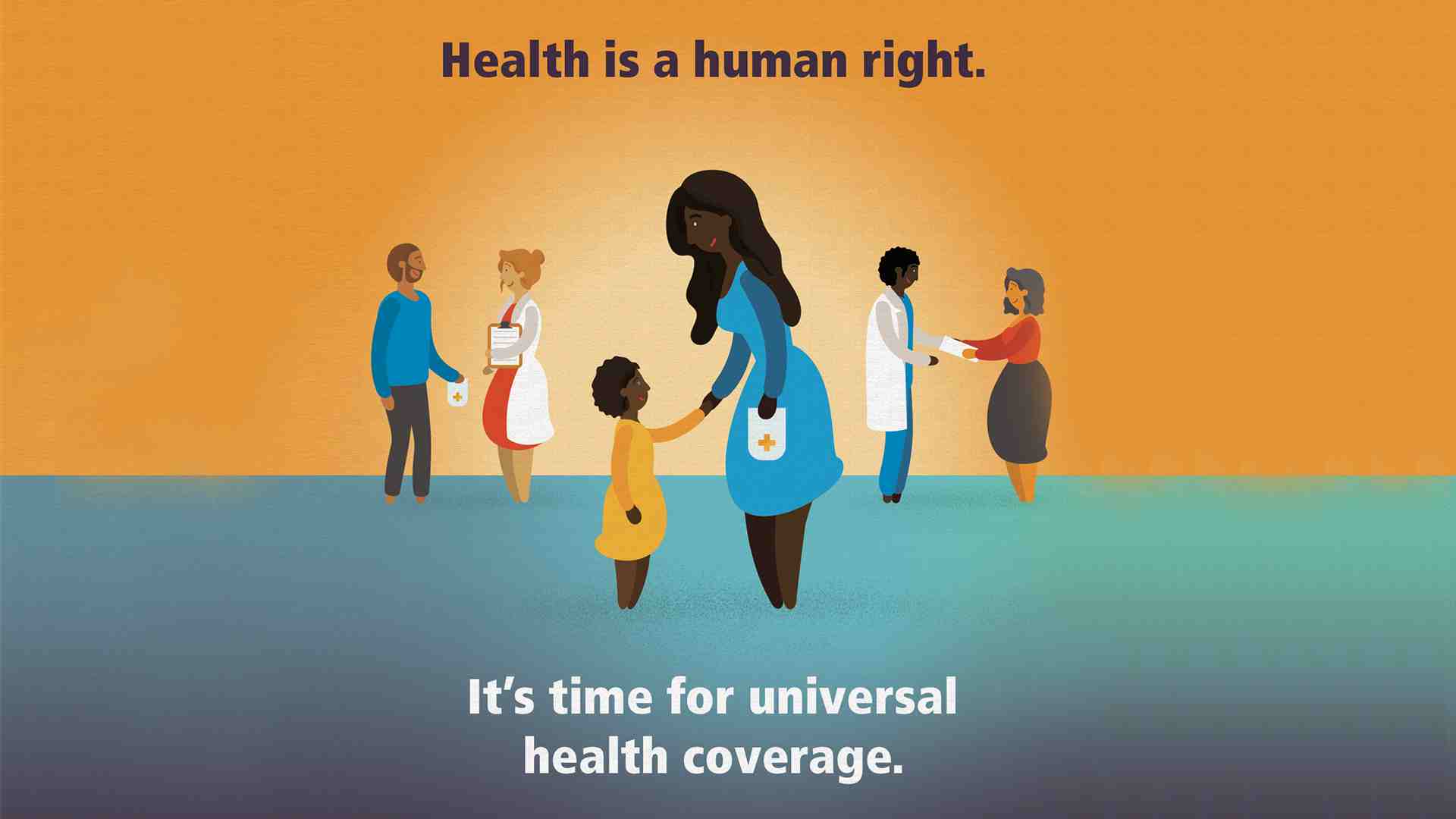
When leaders from the Allies realized the importance of maintaining a peaceful and united world after World War II, they met to form the United Nations in 1945.
Two years later, a similar organization with the goal of providing better health for people everywhere came into being – the World Health Organization (WHO) – on the basis that health is a human right and all people should enjoy the highest standards of health.
The WHO sees universal health coverage as a fundamental step toward that mission.
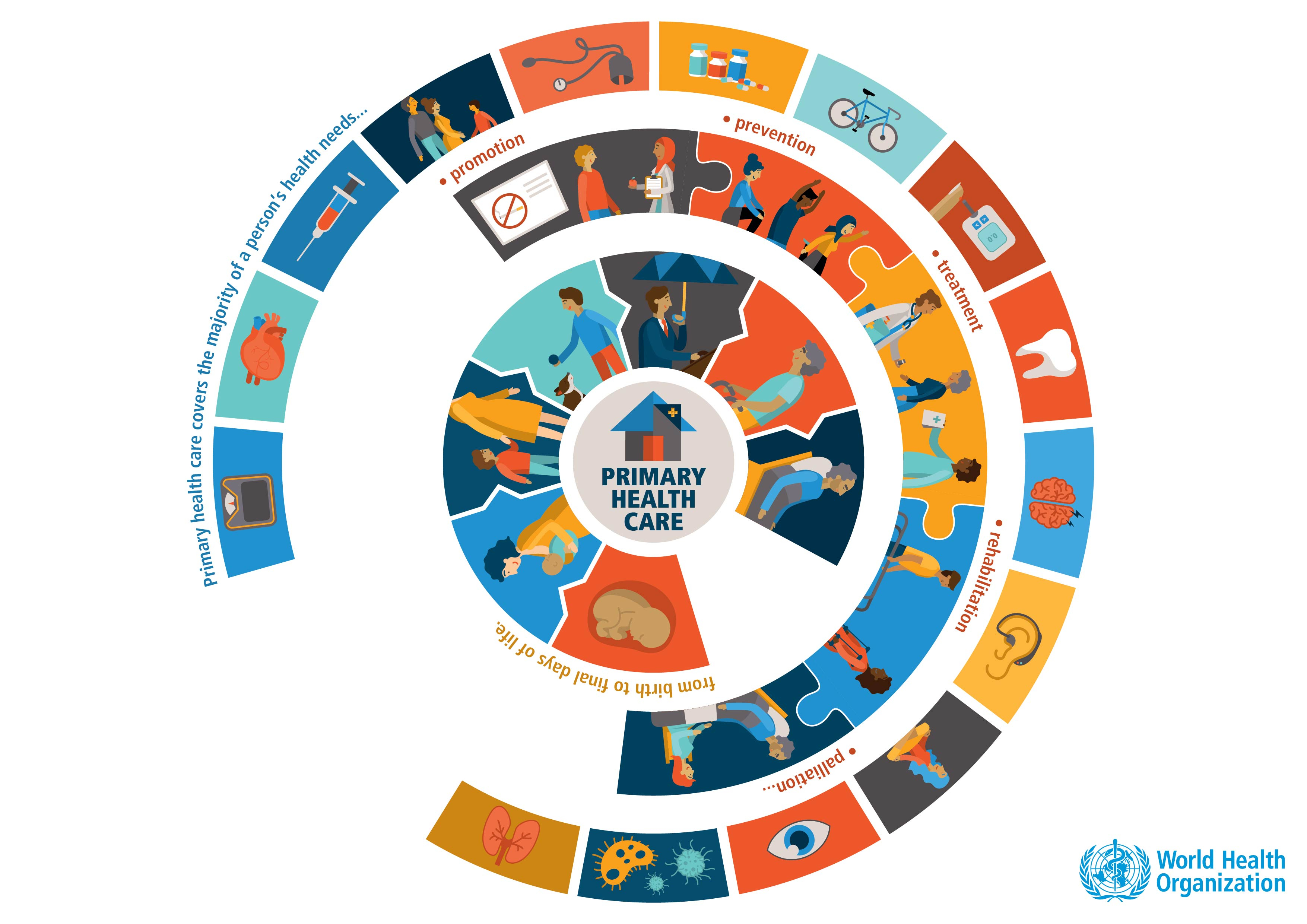
Photo via WHO
Photo via WHO
What is universal health coverage?
The WHO aims for a world in which people in every corner can have quality health services whenever and wherever they need without financial hardship.
But the reality is that at least half of the people in the world do not have access to the basic health services they need. Millions are struggling for their very existence, desperately seeking food, clean water and shelter, let alone quality health care.
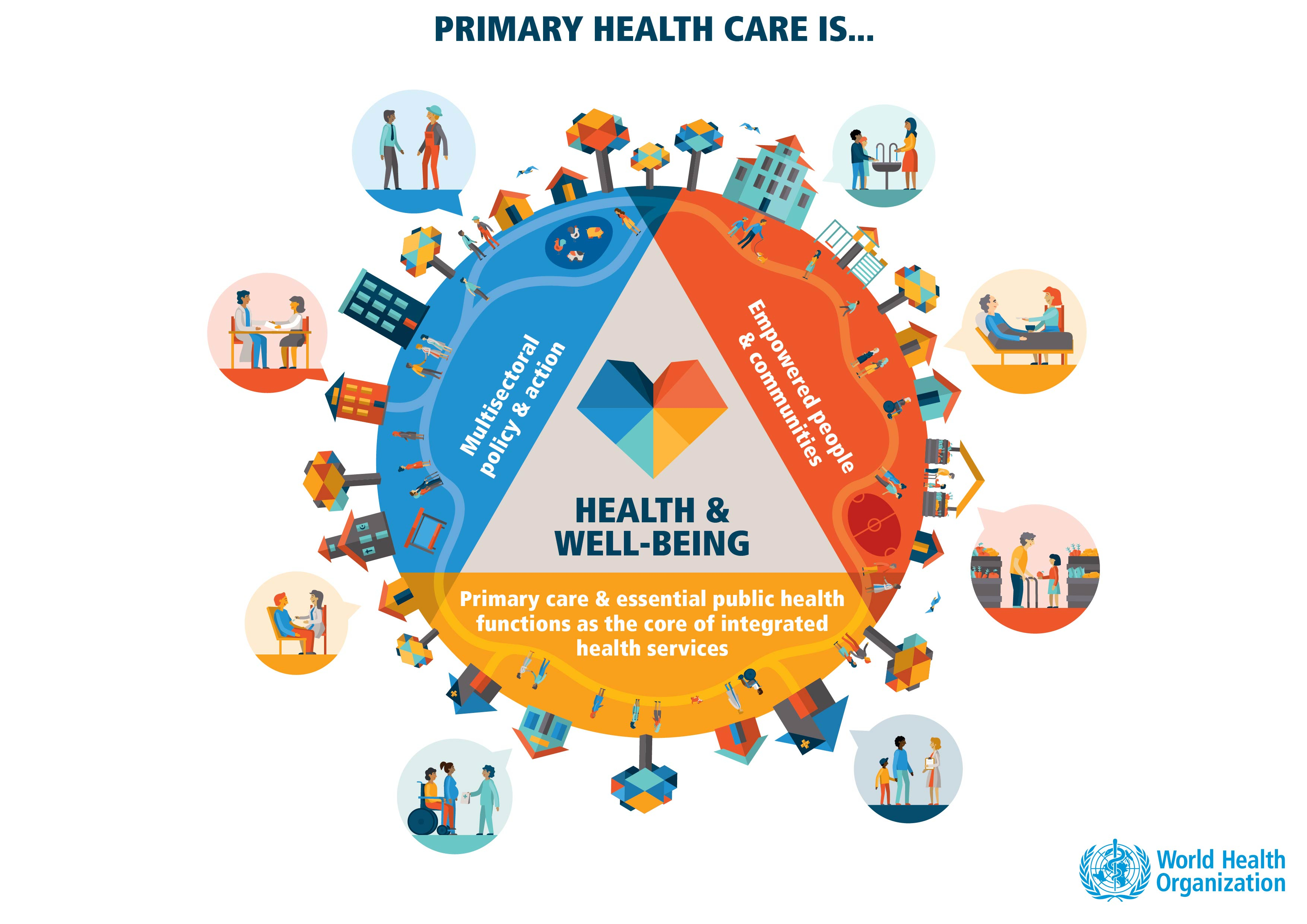
Photo via WHO
Photo via WHO
Data shows about 100 million people are pushed into extreme poverty each year because of out-of-pocket spending on health. Unsafe and low-quality healthcare ruins lives and costs trillions of dollars annually.
What's the basic healthcare system in China?
05:33
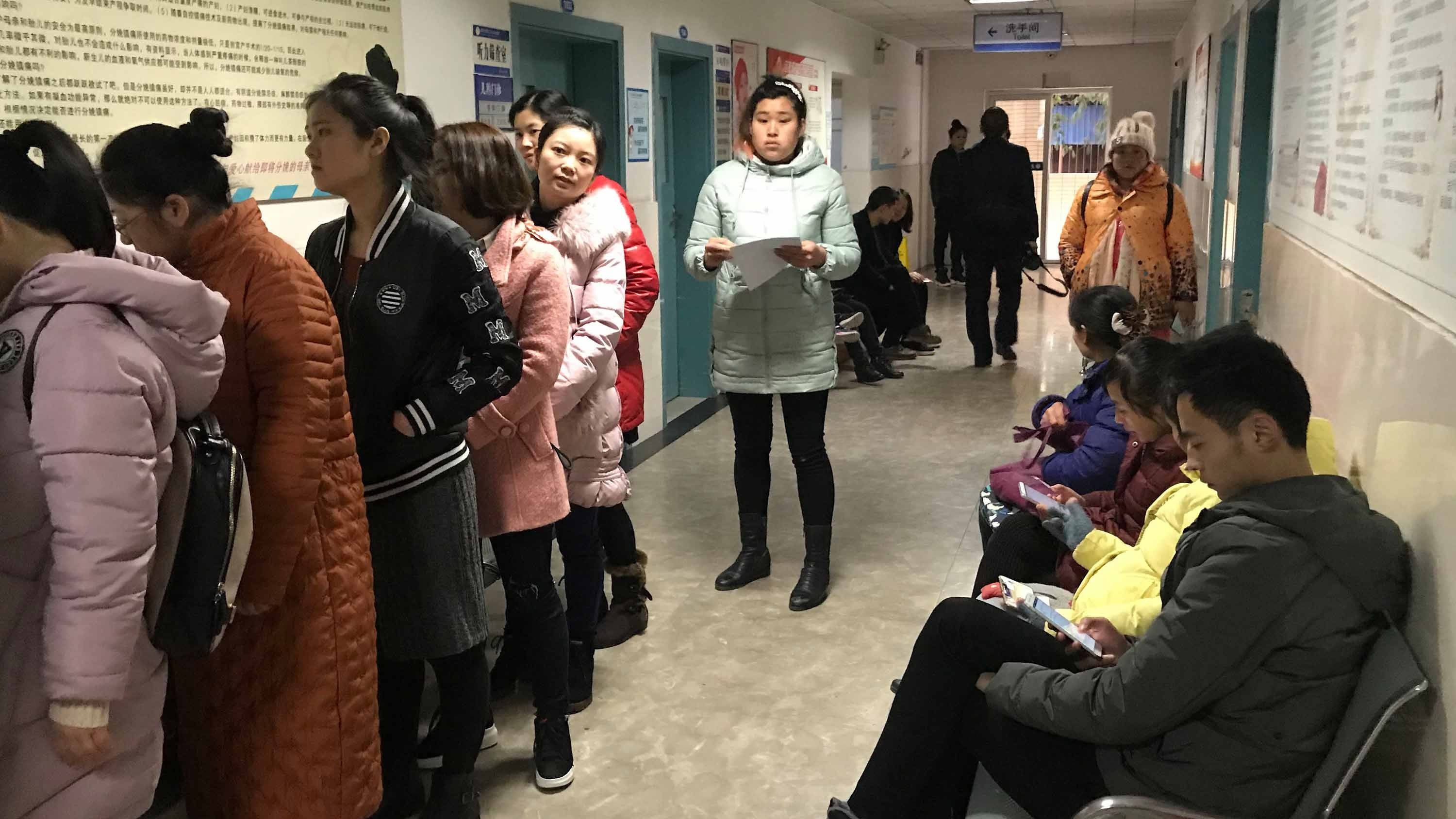
With a population as large and as economically and geographically diverse as China's, establishing a sound healthcare system has been a tough and urgent long-standing challenge.
In the past, direct government investment for basic healthcare went mainly to fund major hospitals in big cities, while primary-level community healthcare centers in rural areas were forced to close.
With less funding and more patients, a markup was put in place on medicines, and the revenue raised helped to keep hospitals going at that time. All the while, patients were paying out of their own pockets for much of their care.
But things are a bit different now. A health insurance scheme launched in 2009 has cut down the proportion of patients' out-of-pocket contribution to total health expenditure to less than 30 percent.
An essential drug policy has also been put into place to exempt markups on certain drugs, making some "life-saving pills" affordable to people in need.
'Toilet revolution' in China
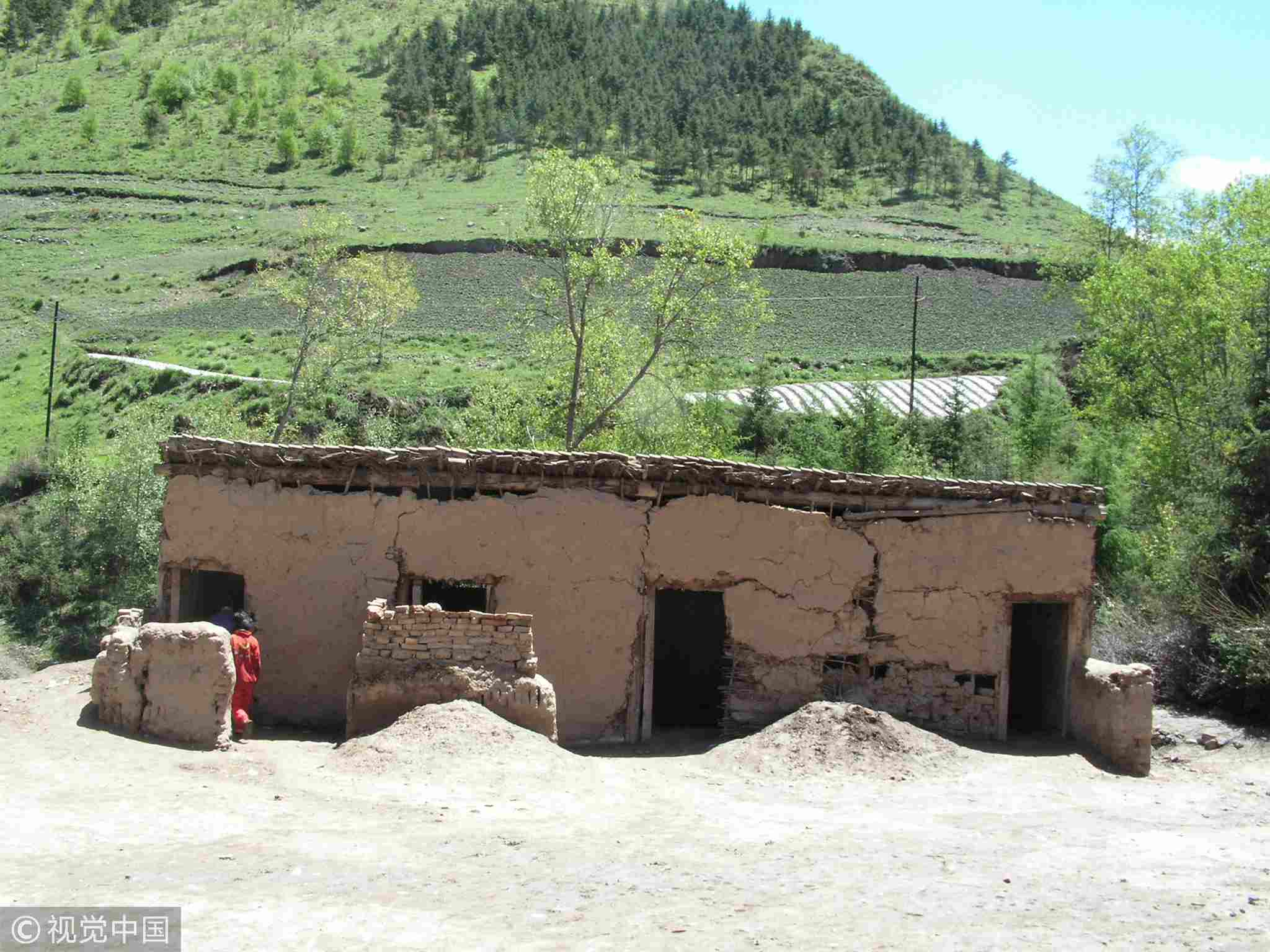
A toilet at a primary school in Zhangxian County, northwest China's Gansu Province, May 28, 2006. /VCG Photo
A toilet at a primary school in Zhangxian County, northwest China's Gansu Province, May 28, 2006. /VCG Photo
Apart from health care services, how to provide a decent living environment is also a major concern for the authorities.
Most of you can hardly imagine the toilet conditions in some poor regions where makeshift shelters were surrounded by trees and weeds. Sometimes people had to carry out their bodily functions in open pits next to pigsties.
The resulting body waste would go with the pig manure down to the soil, contaminating crops and plants.
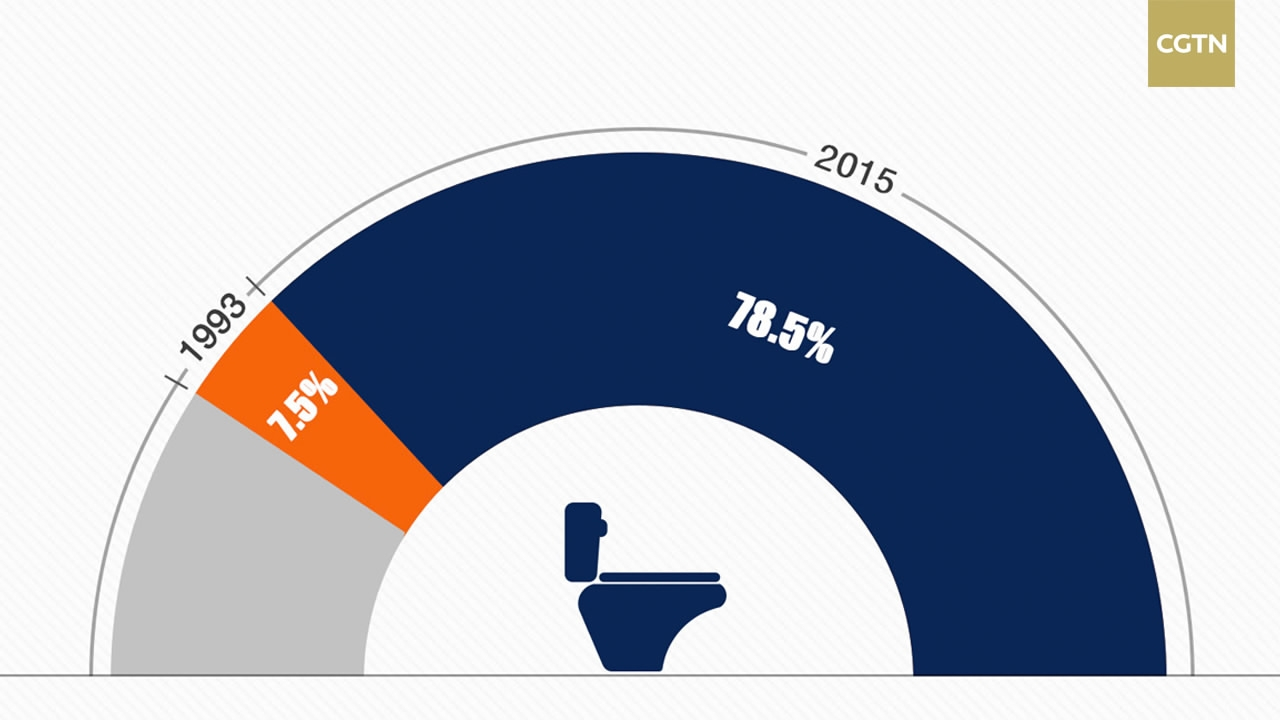
The coverage of sanitary toilets in the countryside. /CGTN Photo
The coverage of sanitary toilets in the countryside. /CGTN Photo
For China to become a more civilized and advanced society, the hygiene of the masses, especially in rural areas, has to be improved.
The "toilet revolution" has evolved into a buzzword since the government announced two successive three-year action plans, which are essential for the country to reach its 2020 goal of building "a moderately prosperous society in all respects."
Between 2015 and 2017, the central government injected one billion yuan in funding and local authorities splashed out more than 20 billion yuan – 2.5 times more than China's investment in upgrading toilets in the decade ending in 2013.

68,000 public lavatories have been built or upgraded. /CGTN Photo
68,000 public lavatories have been built or upgraded. /CGTN Photo
According to 2016 data by the country's top family planning authorities, the coverage of sanitary toilets in the countryside increased from 7.5 percent in 1993 to 78.5 percent in 2015. Meanwhile, the coverage of harmless sanitary toilets stood at 57.5 percent by the end of 2015.
Read more:
On World Health Day, every country should take its responsibility for a #heathforall world. Universal health coverage is not unattainable, primary health care for all is even more possible.

SITEMAP
Copyright © 2018 CGTN. Beijing ICP prepared NO.16065310-3
Copyright © 2018 CGTN. Beijing ICP prepared NO.16065310-3